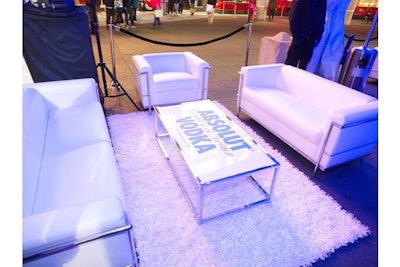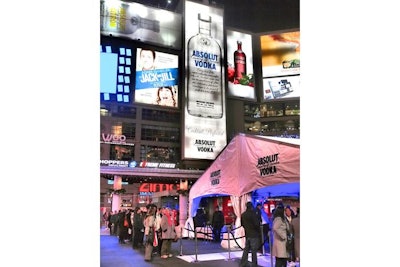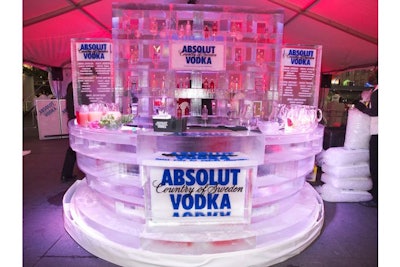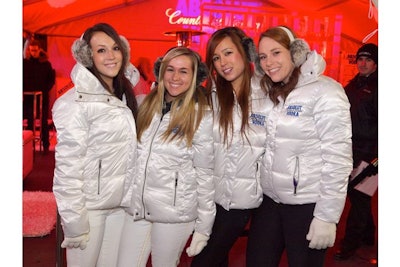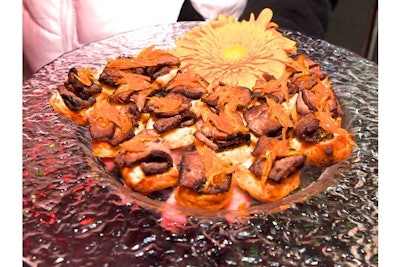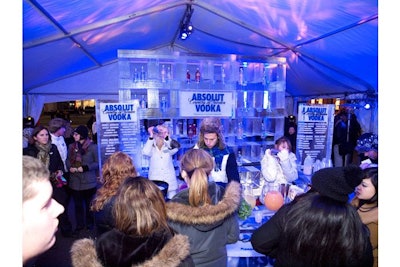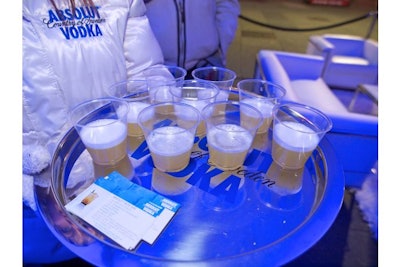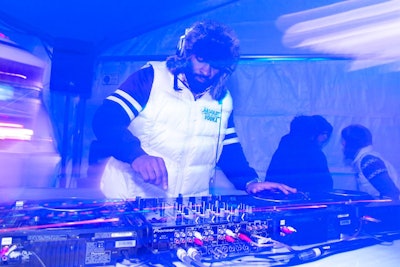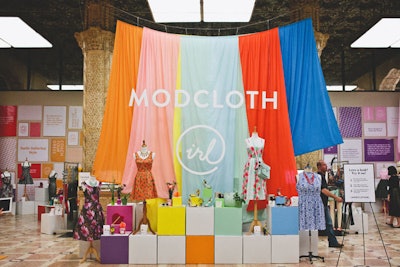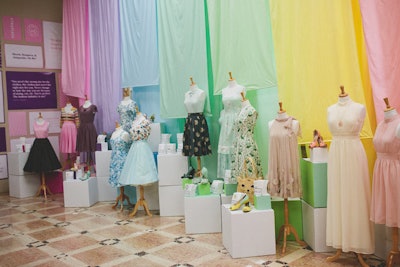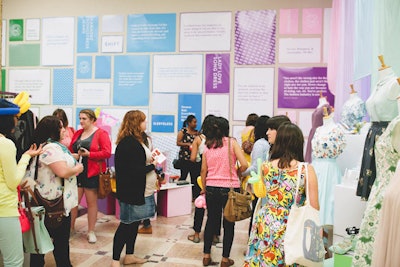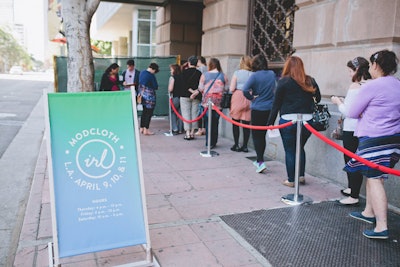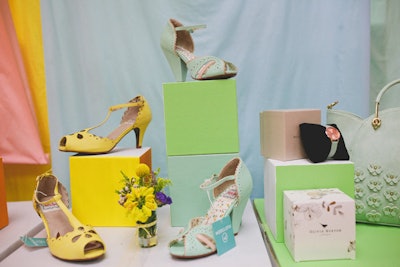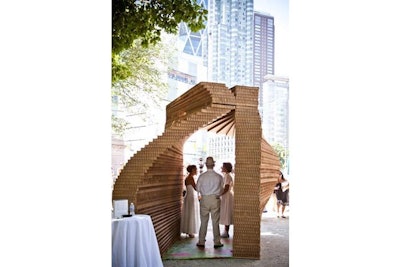
In June, the New York State Senate legalized same-sex marriage, a decision that not only added momentum to the gay rights movement but also introduced a new market for local vendors. Although the economic impact of the law has yet to be measured, many estimate a windfall of more than $100 million in the first year, and caterers, designers, and other vendors expect the addition of gay weddings to boost all aspects of the industry.
"I know there will be a tremendous surge in business, including people who had previous union ceremonies," planner and designer David Monn said after the bill passed. "It's going to be a busy six months. We've already booked several parties and weddings."
Already the wedding activity has increased, with venues like the pop-up chapel where 24 same-sex couples were married in Central Park on July 30 (pictured).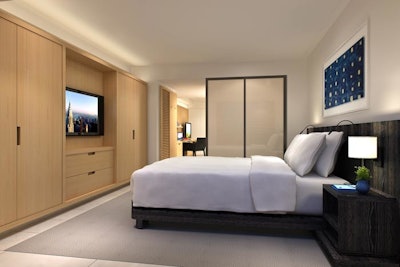
A month before the 10th anniversary of 9/11 and the official opening of the National September 11 Memorial, all eyes were focused on the Lower Manhattan site and the rebirth of the surrounding area. According to a report published by Alliance for Downtown Manhattan, development in the neighborhood south of City Hall has surged in the past decade—what Mayor Michael Bloomberg called “one of the greatest comeback stories”—with 78 percent more hotel rooms and an influx of some 300 companies since 2005. And there’s more to come too—two of the most anticipated openings this winter are the 463-room Conrad New York (pictured) and Danny Meyer’s fine dining eatery North End Grill, both close to the World Financial Center.
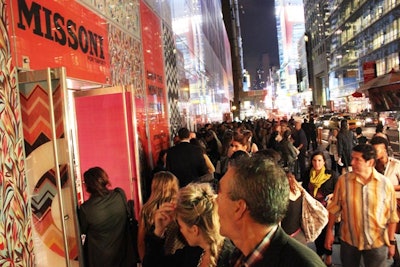
As it did with its Liberty of London pop-up last year, Target built demand for its limited-edition Missoni collection with a temporary store, this time previewing the wares to the public on Fashion's Night Out in September. What the retailer didn't anticipate was the buying frenzy that ensued. Within hours of opening, the pop-up sold out its inventory, causing it to close two days earlier than planned. The following week, the 400-piece Missoni for Target line was rolled out in stores and online, provoking such a shopping spree that the Web site crashed, frustrating consumers and prompting a wave of angry comments on the retailer's Facebook page. Whether the events will affect customer loyalty or not, Target received plenty of attention and, at the end of the day, sold the collection.
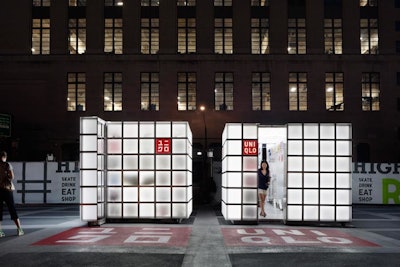
It was a big year for fashion-related marketing, and one of the most unusual efforts was from Uniqlo. To herald the October opening of its 89,000-square-foot Fifth Avenue flagship as well as the debut of a smaller store on 34th Street, the Japanese retailer crafted a multifaceted campaign that placed self-contained cube-shaped shops around the city and at events like the Hester Street Fair, Welcome Back to Columbia University Festival, Grand Central Fall Festival, and the New York City Wine & Food Festival. Uniqlo also blanketed subway stations, taxis, and buses with ads and partnered with the Friends of the High Line to sponsor an 8,000-square-foot open-air skating rink for the summer.

This year also saw more innovative marketing from other mass retailers. On Fashion’s Night Out, Bloomingdale’s debuted its cross promotional partnership with NBC, advertising fall fashion along with the networks slate of fall shows. In addition to interactive windows, the collaboration saw the debut of an interactive app and consumer competition. Barneys New York also took more adventurous steps to draw attention. The night of the Metropolitan Museum of Art’s Costume Institute gala, the luxury retailer put Daphne Guinness in its windows to launch a special partnership—a stunt that was simultaneously live-streamed to a dedicated Web site, thewindow.barneys.com—and in November, Barneys debuted a special campaign with Lady Gaga that created an in-store, holiday season environment.
Macy’s also got more social this year with updates to its two biggest events.
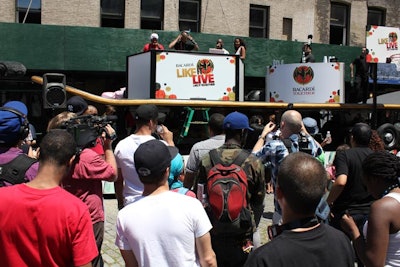
Indeed, more and more planners are turning to platforms like Facebook and Twitter as part of their overall event marketing strategy. Bacardi curated the content of two live events with its "Like It Live, Like It Together" Facebook campaign, while Mercedes-Benz parlayed its sponsorship of the U.S. Open into an initiative dubbed the "Tweet Rally," which used its Twitter handle to offer fans of the brand the opportunity to win tickets to the tournament.
In the same vein, mobile apps are quickly evolving into integrated marketing opportunities for brands by driving traffic to a physical or virtual location. For example, to tout the opening of its first experience store in North America, New Balance created a virtual relay race where an iPhone app loaded with a map and augmented reality helped consumers find digital batons scattered throughout New York, which they could then redeem for prizes at the new retail location.
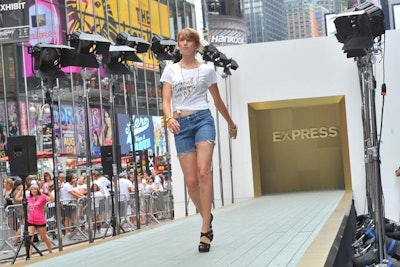
The mantra for 2011 might have been "go big or go home" as brands rolled out large-scale public promotions to publicize everything from cars and video games to candy and entertainment. In fact, several companies even earned official titles from Guinness World Records. Mars Chocolate North America built a 46-foot-tall piñata at the 69th Regiment Armory for the one-year anniversary of M&M's Pretzel, apparel company Express put 1,243 people on a runway in Times Square as part of a show to introduce its new holiday collection, and Burger King launched its new kids program by constructing a 15-foot-tall crown and sailing it to the Statue of Liberty.
Times Square was a natural choice for some of the biggest efforts, including Nintendo's launch of Super Mario 3D Land for its 3DS console and TLC's 1,000-person viewing of the Royal Wedding.
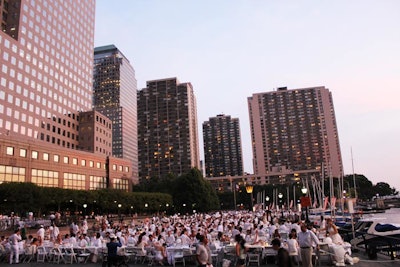
The first run of Parisian flash mob dinner, known as Dîner en Blanc, hit New York at the end of summer, packing the World Financial Center’s outdoor plaza with more than 1,000 attendees, who dressed in all-white clothing and brought their own tables and chairs, and, in some cases, their own food. The debut wasn’t without its problems—an error with the registration site allowed some 30,000 people to sign up for the event, and its traditional seating arrangement that didn’t allow for same-sex couples caused a bit of a stir.
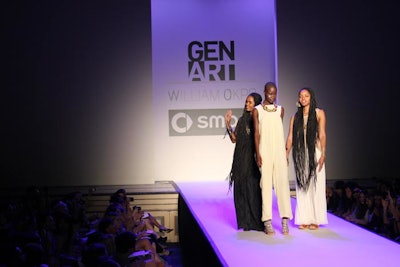
Financial struggles pushed Gen Art to close last year, but in February 2011, the events organization returned under the ownership of Sandow Media. The first event following the relaunch was the seven-day Gen Art Film Festival, which took place in June and showcased one short and one feature film each night, followed by an after-party. In September, the Fresh Faces in Fashion program made a comeback, filling Manhattan Center Studios for a one-night show during New York Fashion Week.
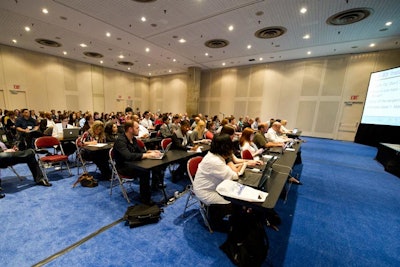
Rick Calvert, founder of BlogWorld & New Media Expo, brought his five-year-old Internet convention to the New York for the first time, co-locating with BookExpo America in late May. The launch drew more than 1,400 attendees to a three-day show packed with 200 speakers, 150 sessions, and more than 100 sponsors and exhibitors. Calvert plans to bring the conference back next year, along with some new additions to the program.
